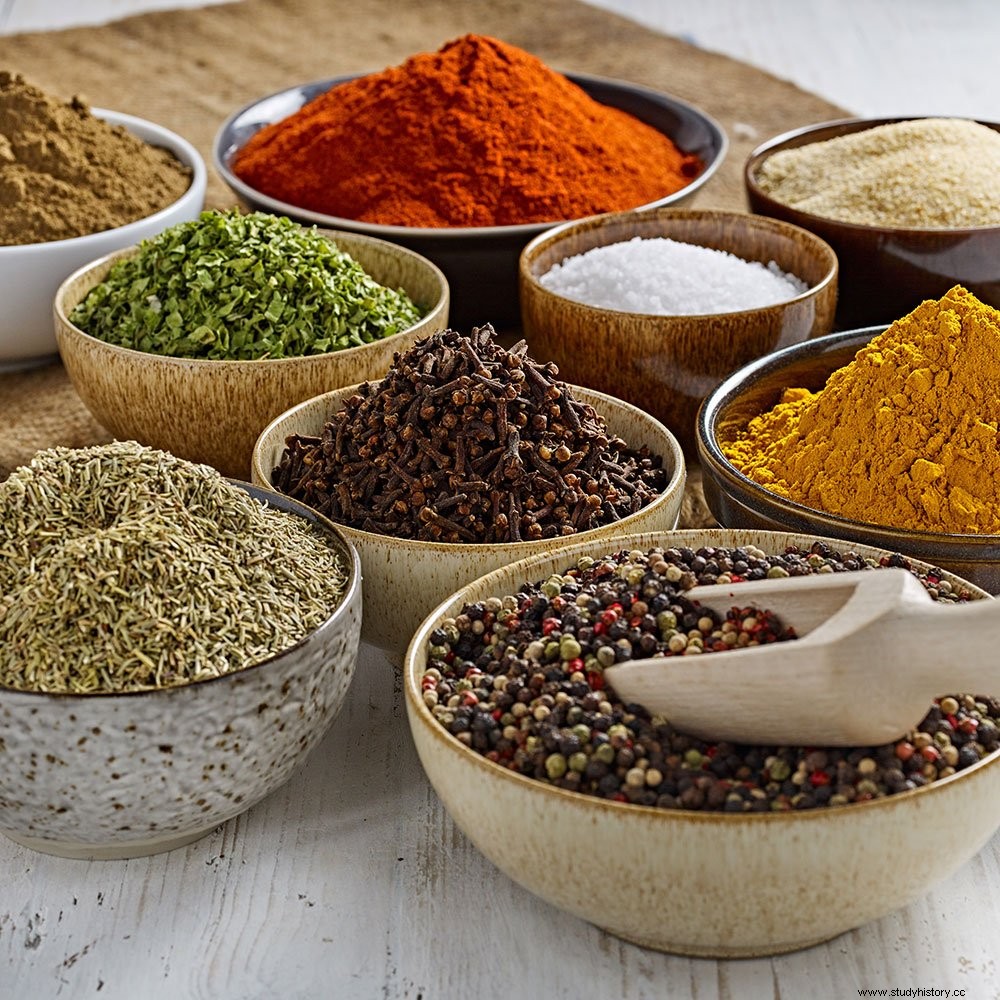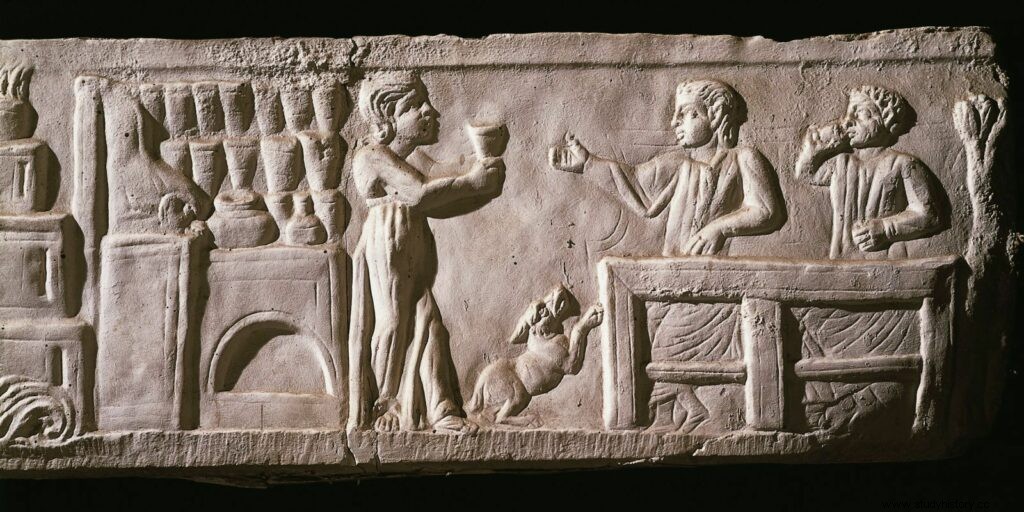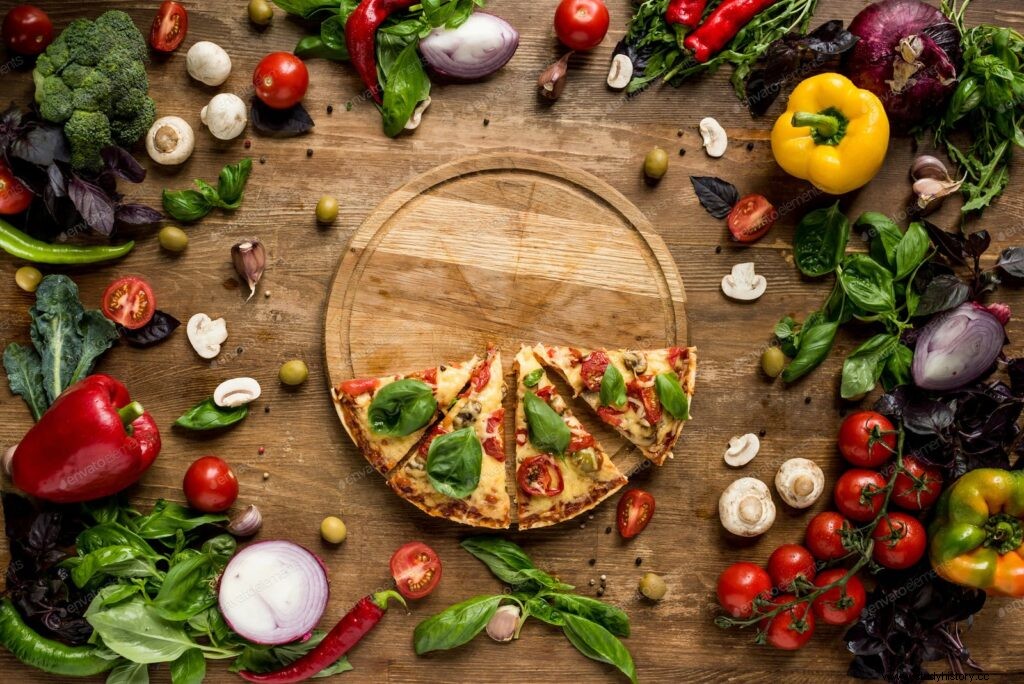In modern times, we devour pizza and pasta in seconds, while there is much more to Italian food. I'm here to show you more than what we eat as a regular Italian meal in this post. Italian cuisine has influenced world cuisine and some perceive it as an art form. Although cheese, wine and pasta are common in Italian meals, there are different shapes and sizes of pasta, such as lasagne, fusilli, linguine, penne and spaghetti.
For Italians, food is not just about nutrition, but life. The boot-shaped country, as it is often called, Italy contains a wide range of diverse natural beauty and a varied selection of food also in different regions. In this south-central European country, food is often the binder for family gatherings.
-
 Italy:North, Center, South and the beautiful islands of Sardinia and Sicily
Italy:North, Center, South and the beautiful islands of Sardinia and Sicily
Credit:Medium.com
According to CNN, each region has its own view of "Italian food", for example, what Americans see as pure Italian food such as Pizza and Spaghetti are from Central Italy. Northern Italy is known for its use of distinctive types of cheeses; rice, fish, potatoes, pork and sausages. A common dish is pasta with tomatoes and several types of stuffed pasta, risotto and polenta as well. In southern Italy, tomatoes dominate the dishes as they are served cooked in puree or sauce or eaten fresh. In the south, Italian cuisine also includes ricotta cheese, eggplant, garlic, artichokes, olive oil, olives, peppers and capers.
Wine is an important part of Italian cuisine, and the country is home to some of the most popular vineyards. Recently, the oldest trace of Italian wine has been discovered near a cave located near the southwest coast of Sicily. In this blog post, we will follow some of the stories of Italian food along with the food culture and some of the best places to test the taste of Italy. So, hold on tight, and let's get started!
A brief history of Italian food
The coastal ports and roads of the Italian peninsula have been the intersection of different influences from different cultures from antiquity as they intertwined for centuries. From Arabs, Greeks, French, Celts and Jews to Austrians, Normans and Spaniards and so many more. And we are all aware of the fact that even the basic ingredients like tomatoes, chili peppers and chocolate have come to Italy after the discovery of the Americans. In addition, the modern regional cuisine of Italy has left clear historical footprints for us to trace back.
- Although the taste and preparation are different, ancient Roman cuisine has many similarities to the dishes we serve today at our tables. Such similarities include even the most commonly used basic ingredients, such as olive oil, along with cheese, fruits, vegetables, fish, meat, eggs, legumes, cereals, etc. Just as today, pork was both salted and smoked to preserve and produce delicious ham. Some cheeses we still like can be dated back to Roman times, such as mozzarella, pecorino and ricotta.
- During my research, I came across two authors that we must all be grateful for because of the wonderful testimony of the ancient Roman cuisine. First, there is Apicius and his book De Re Coquinaria or Manual of Gastronomy, where you will find recipes made by chefs. And secondly, we must thank Columella for his book De Re Rustica, which concentrated on what we now know as agricultural science.
-

- The towers of Badia Fiorentina and Bargello along Via del Proconsolo. Florence, Italy.
Credit:Wander Virtually
- Italian monasteries played a major role in cultivating the raw elements and the importance of the kitchen in the dark ages. Did you know what influence the monks had on living with us for a long period of time on making spirits and wine? From the creative nuns we now have many typical sweets that were born in that time, such as the Sicilian sweets such as cannoli and marzipan, along with cassata that were prepared and served to celebrate religious holidays.
- Then the Renaissance brought the court's important role in Roman cuisine, as it converted food into works of art to impress and enhance the reputation of landlords. Perhaps we should remember the famous description of Trimalchio that the Roman emperors might have been entertained in the same way. Scalco was the right manager of the kitchen who was responsible for taking care of every detail. Bartolomeo Scappi (1500-1577) was one of the best chefs of the time who can prove the creativity of Italian food from this era.
- As international trade by the sea expanded, the use of spices from distant nations became more popular and profitable again. Spices such as nutmeg, cloves, pepper, cinnamon, and the list goes on, became the star of Italian cuisine. The shops in Speziers sell sugary almonds along with other delicious sweets. Then, with the discovery of the American continent, many classic ingredients were introduced, such as cocoa, turkey, tomato beans, hot pepper, corn and many more.
-

- Italian spice
Credit:Fairway Foodservice
- In the nineteenth century, Risorgimento witnessed the rise of Italian middle-class cuisine or Borghese, which is neither poor nor rich, perhaps gourmand. This is also the time when we invented the art of making coffee and sorbet, chocolate and ice cream, as well as drinks such as citrate and lemonade with various specialties of truffles could also be identified in today's menu. This century observed the beginning of industrialization and the use of food in cans or boxes. In the year 1856, the first Italian was Francesco Cirion who put chickpeas in the "scatola" using Appert's sterilization technique.
- Only after the unification of Italy did the celebration of the diversity of the regional cuisine take place with the publication of the book called Pellegrino Artusis "La Scienza in Cucina e L'arte di Mangiar Bene, 1891." The most exciting thing is that it was the first time someone has collected all the regional recipes in a single volume so that we can taste the taste of time in modern times. Artusi's book is still a significant reference today as the book is full of his experiences from the journey and his friends.
- At the beginning of the twentieth century, the focus was transformed towards motorists as travel guides concentrated on them. Due to the appearance of Locanda on different routes, there were a few standardizations of the local cuisine. The dishes borrowed from other regions and countries have been reinvented by the local chefs. However, the family-run taverns, to this day, offer simple and authentic local dishes and are known for their Sunday dinners for family lunches.
-

- Ancient Roman taverna unveiled in the south of France
- A reference to conflict came in the form of a cookbook called Il Talismano dela Felicia or The Talisman of Happiness by Ada Boni in 1929. The dispute was because the book was for making perfect housewives and it lasted for society at that time went on. Another bestseller, Il Cucchiao d'Argento, came as a rescue for modern housewives after the war in 1950 to serve not only as the best collection of over two hundred regional recipes, but also as an artistic outlet for many. It is during this same period that we received the iconic "Mediterranean diet" from biologist Ancel Keys. In favor of time management, long recipes such as legumes and polenta quickly disappeared, and quick and easy ready-made convenience supermarkets became popular due to the campaign added by television.
Nevertheless, due to DOP certifications of products and Slow Food Movement, we finally take care of our health, and are aware of the biological diversity, environment and sustainability by using organic products straight from the farmer's market today.
5 Basic Culinary Cultures in Italy
There is no argument that Italian food is one of the juiciest dishes in the world. With its rich taste and history, the different trends, customs and culture. So, as we uncover the truths behind Italian food, let's take a closer look at the basic food culture of Italy as well.
Superstition for your stomach:
It is not harmful to be a little wary of superstitions related to your food dating back to ancient civilizations. Such as spilling salt or spilling olive oil is meant to bring bad luck. The Bible also has a certain effect on this superstition, such as that there should never be thirteen people at a table referring to the Lord's Supper.
It is also believed that bread should not be upside down on a plate associated with the Christian faith. But to bring some happiness, you should eat lentils on New Year's since it brings prosperity.
Always fresh ingredients:
When it comes to buying their food, Italians mostly go to local markets instead of large supermarkets, which has also increased the rate of home-cooked food and baking in 2014, according to a report by Euromonitor International.
Keep breakfast light:
By and large, Italians save their appetite for lunch by eating a light breakfast. Traditionally they have a coffee, mostly cafe latte, pastries, biscuits and rolls. Other options include yogurt, fruit salad and muesli.
-

- Fresh herbs and vegetables
Credit:Envato Elements
Eat your vegetables:
Eating seasonal vegetables is one of the conventions of Italian food culture. While summer has its own vegetables like radishes, aubergines, cucumbers, tomatoes, winter has broccoli, cabbage, artichokes, cauliflower and so on. And there are also the vegetables that grow throughout the year, which are carrots, chicory and lettuce.
Go for Gelato:
When summer comes, the very old battle between ice cream and gelato begins. Gelato means to freeze or freeze and is the healthier option between the two. Sorbetto is also from southern Italy while Gelato is from the north. The only difference between the two is that Sorbetto uses water, unlike Gelato which needs milk with sugar and different fruits.
I have come across this very detailed blog that informs you about the basic food customs of Italy.
Places to visit in Italy
It does not matter where you are in the country, there are lots of places you can taste the authentic delicacies of Italy. However, it can be very overwhelming to know or decide which place to go for gelato or a bowl of spaghetti. That's why I're recruiting here some places or regions you can visit in Italy.
-

- Colosseum in Rome, Italy
Credit:Fodors Travel Guide
Spaghetti from Rome
After toiling yourself by visiting all the beautiful places in Rome, you must experience the divinity of a simple dish called Carbonara. It is made from hard cheese, fresh eggs, pancetta or guanciale and sprinkled with chopped pepper. Some of the best restaurants in Rome are Le Pergola, Pane e Salame and Il Tamburello di Pulcinella. And to get some of the best gelato, stop by Verde Pistacchio on Via Nazionale.
Tiramisu and Venice
After tasting the art and architecture of the Doge's Palace, the Gallerie dell 'Accademia, St. Mark's Basilica and many more gallop down some of the best Tiramisu, Veneto region, Pudding in Venice. Made with a strong espresso, some cocoa, mascarpone, savoiardi and egg yolks and your sky is clear.
Eat some lemon on the Amalfi Coast
While you are confused in the magnificent landscape, you can sip some Lemoncello to refresh the day. A remarkable fact is that you are not so engrossed in the natural beauty of the Amalfi Coast, as it has more to offer, like several cities called Amalfi, Positano, Atrani, Ravello and Sorrento. If you are worried about where to stay, Villa Piedimonte may be the place for you.
-
 Florentine beef
Florentine beef
Credit:ArtViva
Spit on bistecca alla Fiorentina in Florence
If you dream of beef, Florentine beef or bistecca alla Fiorentina will be your dream. It's big, but it's appetizing. It is mainly served pink inside, but if you prefer something else, you can order a lighter steak. After eating a large meal, take a walk to watch the sunset over the Arno with some wine from Chianti.
Try some Mondeghili in Milan
About five hundred years ago, the Spaniards introduced Mondeghili to Milan, and it still has its former glory. Mondeghili is very similar to beef buns, and is one of the territorial dishes in this region.
When to Visit
-

- Vineyard in autumn
Credit:Wego Travel Blog
From September to November, the autumn season or autumn is the best season to visit Italy, as it is autumn time. It only starts after the busy high season and has some of the similar benefits that spring has, but with nice weather and thinner crowds.
As the autumn season explodes, the countryside explodes in iridescent colors, and Italians across the country celebrate the festivities with incredible wine and food. Tuscany, Piedmont and Le Marche are the best places to enjoy the autumn and truffle festivals. Northern Italy mostly gets cold at the end of autumn, so you should visit at the end of September and October.
Here we are, at the end! I have taken up from the history of the customs to the famous regions the food in Italy is located in. However, experiencing it personally is a completely different story. My job is to encourage and inspire you. You can visit here. for more information. Until then, eat well and have a good time!
